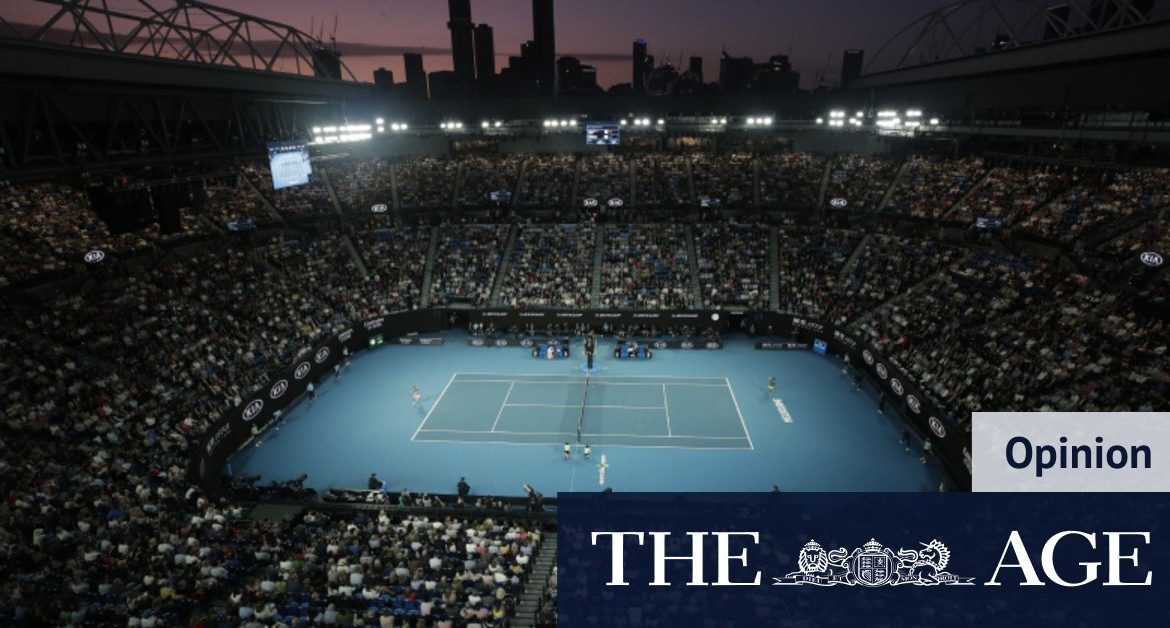The SCG Trust has social distancing arrangements in place to thin out the crowd at the match. But individuals are not being lowered by helicopter into the distanced seats. Thousands will take public transport to the venue. The crowd must move through turnstiles, and will no doubt want to visit a bathroom and probably grab a beer and a sandwich, activities that bring people closer together. Excited fans jump up and down, clap and shout.
The government has at last responded to the advice from so many health professionals to mandate the use of masks when social distancing is not possible. It has taken a lot of pressure for the NSW government to get this crucial strategy in place. The Centres for Disease Control and Prevention in the US, reviewing all studies on the question, concluded that if 90 per cent of us wear masks transmission of the virus would be reduced by 70 per cent.
The Australian Open will bring players from hotspots into Australia.Credit:AP
Certainly, if the Test match is to allow spectators, masks should be worn at all times when not seated but while this would reduce the risk of cross-infection it would not eliminate it. At this fragile time why on earth take the risk associated with a large crowd? The risk/benefit ratio is all in favour of risk.
Yesterday’s cut in crowd capacity only confirms that organisers recognise there is a risk in allowing spectators into the event. The new limit will reduce risk but, again, not eliminate it.
The same arguments should be brought to bear on the Australian Open, which will bring in players from overseas, including COVID-ravaged countries. Over the past few months, the ATP and WTA staged many high profile tournaments sans spectators. The final event of the year held in London had players and a very limited number of their support crew present. The matches were, of course, televised to world-wide audiences.
Loading
Anyone who has been to the Australian Open knows that a big part of the fun is associated with crisscrossing the park to dip into matches on numerous courts. The same crowd behaviours that are discussed above for the cricket would apply to the tennis. We are having a very wet summer and it is highly likely that the roof would frequently be closed on the three major courts in Melbourne requiring the use of air conditioning. Surely, after the ordeal Melbourne endured last year, most Melburnians would accept an analysis that concludes that it is just not worth the risk to hold a potential super spreader event.
The tournament could be held and televised. I would argue that given the fragility of our control of the epidemic at the moment, we should be embracing all known risk reduction tactics as we look to a major effort in 2021 to create the needed herd immunity that will see us all enjoy attending cricket matches and the tennis in 2022.
Gladys and Dan, these sporting events are just not worth the risk.







